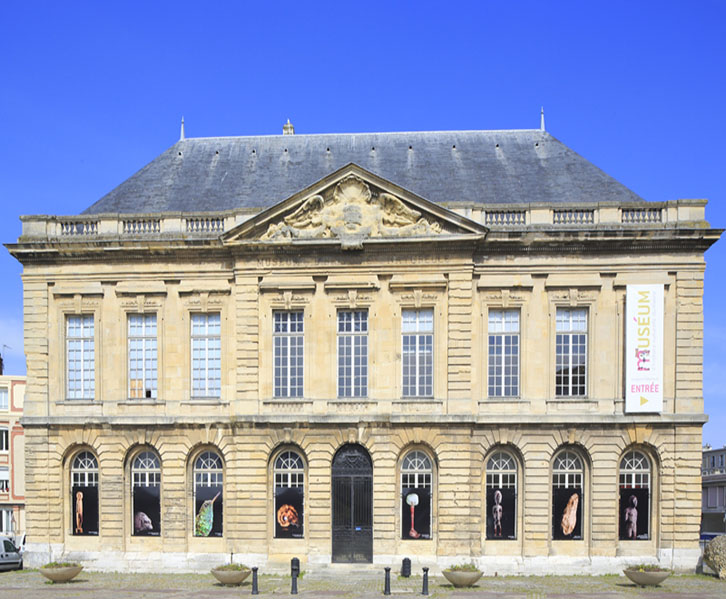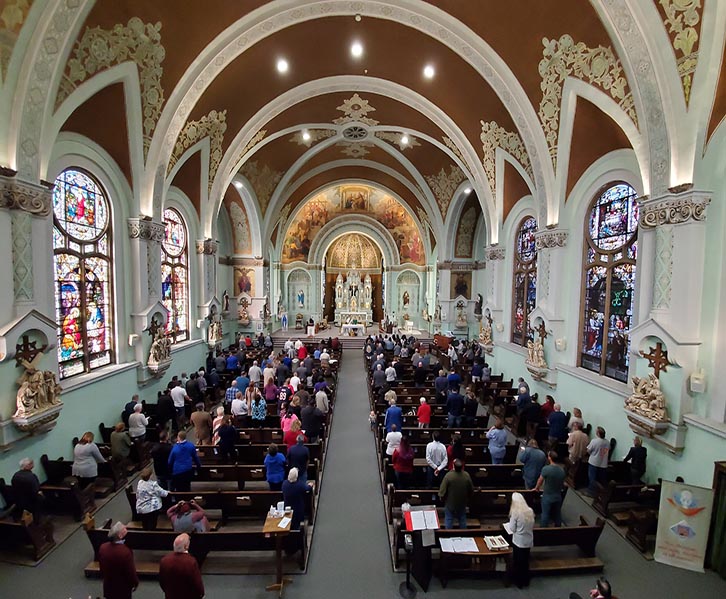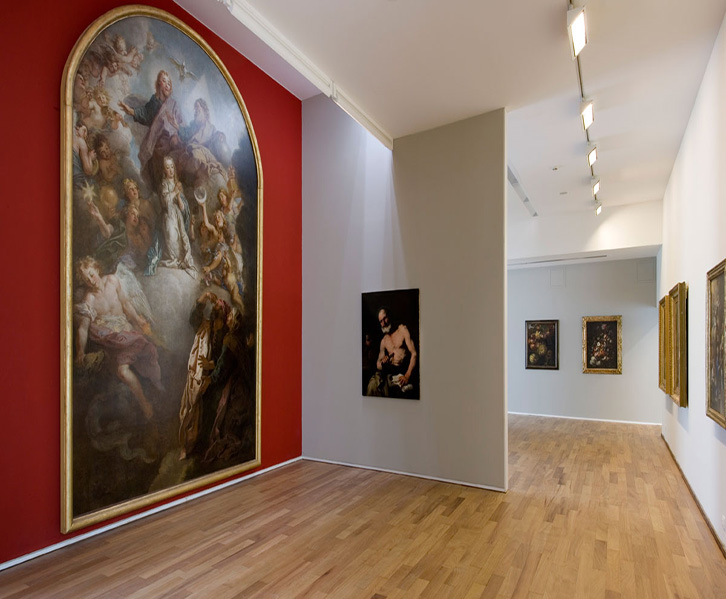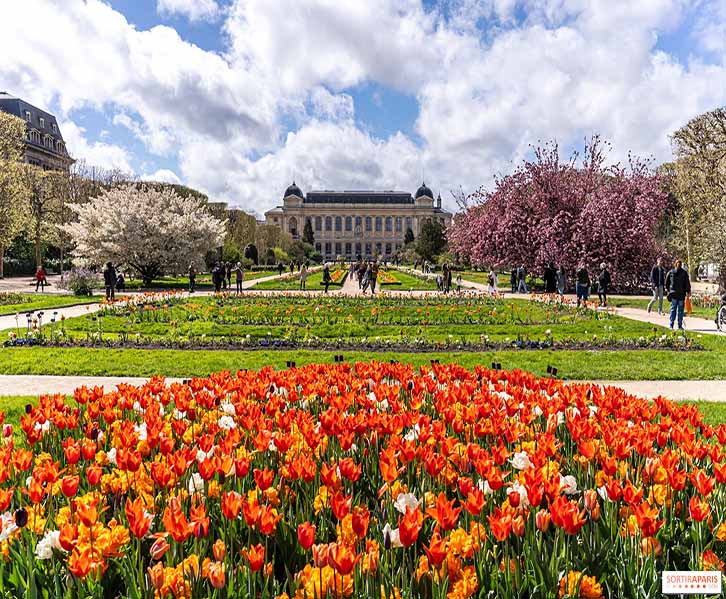I often find that the best way to truly understand a city is through its art. Le Havre, located on the coast of Normandy, is a place brimming with history, culture, and a deep appreciation for modern art. One of the city’s cultural gems is the Musée d’Art Moderne André Malraux (also known as the Le Havre Modern Art Museum), which I had the pleasure of exploring during my recent visit. This museum is a must-see for any art lover or history buff, offering an impressive collection of 20th-century art in a setting that reflects the city’s post-war transformation.
Throughout this article, I will share my personal experiences, insights, and practical tips to help you make the most of your visit to the Le Havre Modern Art Museum and explore the broader artistic landscape of the city.
The Le Havre Modern Art Museum (Musée d’Art Moderne André Malraux)
Location: 2 Boulevard Clemenceau, 76600 Le Havre
Overview:
The Musée d’Art Moderne André Malraux (or MuMa) is one of the most important modern art museums in France. Nestled along the waterfront in Le Havre, it is an architectural marvel in its own right. The museum houses over 2,500 works of art, spanning from the 19th century to contemporary creations, with a particular emphasis on Impressionism, post-Impressionism, and 20th-century art.
For those visiting the museum, I highly recommend starting with the building itself. The museum was designed by the renowned architect Auguste Perret, who also played a pivotal role in rebuilding Le Havre after the city was largely destroyed during World War II. The sleek, minimalist design of the building is a reflection of Perret’s modernist architectural style, and the layout of the museum allows for an effortless flow through the various exhibits.
Key Highlights of the Museum:
- Impressionist Collection:
One of the main highlights of MuMa is its incredible Impressionist collection. As someone who has always been fascinated by this movement, walking through the museum’s galleries filled with masterpieces from Claude Monet, Eugène Boudin, and Gustave Courbet was nothing short of mesmerizing. Monet’s famous “Impression, Sunrise”, which gave the movement its name, is not housed here, but the museum’s extensive selection of Monet’s works, including his seascapes of the Normandy coastline, was absolutely captivating. The light and colors captured in these paintings evoke the ever-changing moods of the sea, and the works transport you to the beaches of Le Havre itself. - Post-Impressionism and Beyond:
The museum’s collection continues with works from Post-Impressionist artists such as Georges Seurat and Paul Signac, alongside pieces from modern artists like Raoul Dufy and André Derain. These artists’ vibrant use of color and form represent a departure from traditional realism and an embrace of new ways of seeing and interpreting the world. I was particularly drawn to the Dufy works, as his colorful depictions of Le Havre and its harbor are both playful and profound. - Contemporary Art and Temporary Exhibitions:
In addition to its permanent collection, MuMa regularly hosts contemporary art exhibitions. During my visit, I had the opportunity to explore a thought-provoking exhibition by an up-and-coming French artist, exploring themes of identity, technology, and the modern condition. The contrast between classic and contemporary art within the same walls felt like a conversation between the past and the future.

Admission and Pricing:
- General Admission: €6
- Reduced Admission (students, seniors): €4
- Free Admission: For visitors under 26 (EU residents), on the first Sunday of every month, and for everyone on International Museum Day (May 18th).
For an enriching experience, I recommend allocating at least two hours to explore the museum. If you’re someone who enjoys diving into the stories behind the artwork, the museum offers an audio guide that provides insights into both the artists and the history of Le Havre’s post-war reconstruction. The staff is also incredibly friendly, and they’re always eager to share their knowledge.
Souvenir and Gift Shop:
The museum’s shop offers a variety of art-related books, prints, postcards, and jewelry. One of the most unique souvenirs I picked up was a high-quality print of an impressionist seascape by Eugène Boudin, a native of Le Havre and a precursor to the Impressionist movement. The shop also offers limited-edition items inspired by the museum’s current exhibitions—perfect for art lovers looking for a special memento.
Other Must-See Museums and Attractions in Le Havre
1. Le Havre History Museum (Musée d’Histoire Naturelle)
Located in a former 17th-century mansion, the Musée d’Histoire Naturelle is dedicated to the history of the region, focusing on natural history, archeology, and anthropology. It’s a smaller, more intimate museum, but one that provides valuable context to the city’s history, particularly its maritime past.
Location: 28 Rue de l’Ambassade, 76600 Le Havre
Admission: Free
2. The Volcano (Le Volcan)
Designed by architect Oscar Niemeyer, the Le Volcan is another architectural wonder in Le Havre, serving as a cultural center and theater. Even if you’re not attending a performance, the building itself is worth seeing. It symbolizes the bold post-war vision for the city, with its curving, futuristic design.
Location: Place Jacques-Fossé, 76600 Le Havre
Admission: Varies depending on the event.
3. Saint-Joseph Church
This striking church, designed by architect Auguste Perret, is one of the most iconic landmarks in Le Havre. Built using concrete, it stands as a symbol of the city’s post-war reconstruction and offers panoramic views of the city from its tower. The interior is equally impressive, with its stained-glass windows creating a soft, colorful light throughout the space.
Location: 8 Rue de l’Église, 76600 Le Havre
Admission: Free
Things to Do and Practical Tips
1. Explore the Le Havre Harbor
Le Havre’s harbor is not only the largest in France but also one of the most important and bustling ports in Europe. As soon as I arrived, I was drawn to the mesmerizing sights of the harbor. The wide-open space of the waterfront is perfect for a leisurely stroll, where you can enjoy the panoramic views of the sea, the bustling port activity, and the modern architecture that surrounds it. The sight of the large container ships and smaller fishing boats coming and going creates a rhythm that is both calming and captivating.
The harbor also provides an excellent vantage point for admiring the distinctive skyline of Le Havre. From the towering cranes to the geometric designs of the modernist buildings, the city’s skyline is truly a masterpiece of post-war architecture. Whether you prefer a peaceful walk or a vibrant café experience, the harbor area offers plenty of options. I loved sipping a coffee at one of the many waterfront cafés while watching the boats glide across the water—there’s something incredibly peaceful about the rhythm of the port mixed with the occasional sound of seagulls.
2. Walking Tours of Le Havre’s Architecture
Le Havre’s post-war architectural landscape is a key feature of the city, and it’s no surprise that much of it was designed by the famous architect Auguste Perret. The city’s unique, modernist aesthetic earned it a spot on the UNESCO World Heritage List in 2005. Le Havre is truly a walking museum, with each building telling a story of resilience and boldness following the destruction of the city during World War II.
To fully appreciate the architectural beauty of Le Havre, I highly recommend taking a guided walking tour. As you walk through the streets, you’ll learn about Perret’s innovative use of concrete and his vision for rebuilding the city in the aftermath of the war. The tour highlights the smooth lines, the minimalist yet functional designs, and the clever incorporation of light and space that define Le Havre’s modernist structures. A guide will help you understand the significance of each landmark, from the Eglise Saint-Joseph (Saint Joseph’s Church) with its striking tower to the geometric perfection of the Volcano (Le Volcan), which serves as a cultural center today.
3. Relax at the Beach
If you’re in the mood for a more laid-back experience, Le Havre’s pebble beach is the perfect escape. The beach offers a refreshing break from the urban environment and is an ideal spot for a peaceful afternoon by the sea. The long, wide promenade is perfect for a leisurely walk, where you can feel the breeze in your hair while gazing out at the Atlantic Ocean.
I particularly enjoyed walking along the promenade, taking in the gentle sound of the waves crashing on the pebbles. Several cafés and restaurants line the beach, offering terraces with stunning views of the water. After a relaxing walk, I stopped at one of these cafés to enjoy a drink and simply soak in the tranquil atmosphere. The beach is not only an excellent place for relaxation but also for watching the ever-changing sky and enjoying the salty sea air. Whether you’re a fan of beachcombing, taking photos, or just reading a book by the water, Le Havre’s beach offers a perfect balance to the vibrant city life.

How to Plan Your Visit: Booking Platforms and Tips
Booking Tickets:
- Museum Tickets: I highly recommend using Tiqets or GetYourGuide for booking museum tickets in advance, especially if you’re visiting during peak seasons. These platforms often offer skip-the-line tickets, which can save you time.
- Accommodation: For a seamless stay in Le Havre, Booking.com and Airbnb are excellent resources. They offer a wide range of options, from budget-friendly hotels to charming local apartments.
- Flights and Travel: If you’re flying to Le Havre, Skyscanner is my go-to for comparing flight prices and finding the best deals. You can also use Trainline if you’re planning to take the train from Paris to Le Havre.
Dining Recommendations:
- Le Bistrot de L’Ouest: For delicious seafood, especially Moules Marinières. Use TheFork to make reservations and potentially save on your bill.
- La Table de L’Olivier: If you’re looking for a higher-end dining experience, La Table de L’Olivier offers exquisite French cuisine. It’s great for a romantic dinner or a special occasion. You can book your table via OpenTable for convenience.
A Journey Through Art and History
Le Havre’s Modern Art Museum, with its rich collection of Impressionist masterpieces and contemporary works, offers a wonderful insight into the city’s cultural life. Coupled with its remarkable post-war architecture and seaside charm, Le Havre is a city that offers something for every kind of traveler—whether you’re a lover of art, architecture, history, or simply a peaceful retreat by the sea.
Plan your visit wisely, and don’t forget to explore beyond the museum’s walls to fully experience the artistic spirit that defines Le Havre.
Bon voyage and happy exploring!




